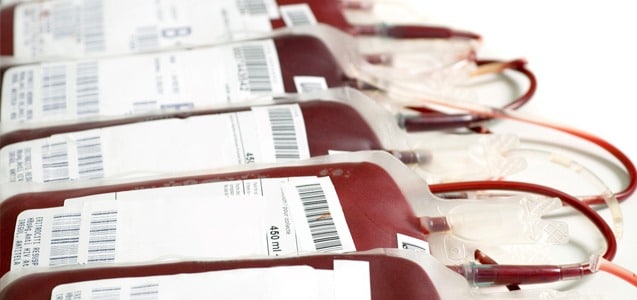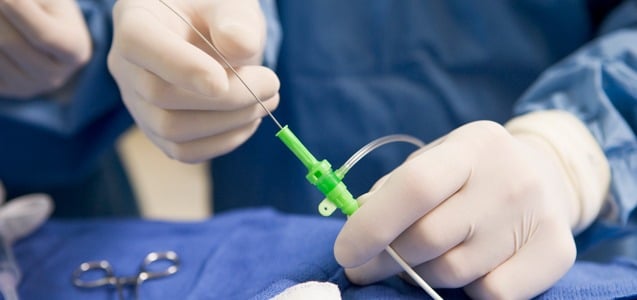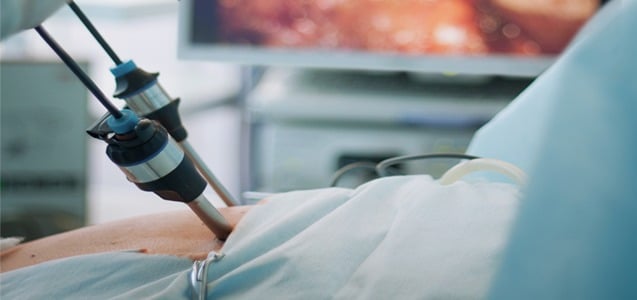
Patient Safety Tips: How to Take Charge of Your Healthcare
Patient safety measures help prevent mistakes and medical malpractice. As studies show that preventable injuries and errors are on the rise, it is no surprise that injured patients initiate most medical malpractice lawsuits. At the Yost Legal Group, we are too familiar with the injuries that occur with what began as a regular hospital visit....
CONTINUE READING
Injury During Spinal Surgery
Spinal surgeries can be very long and involved procedures. Despite the fact that it is not common, patients are at risk of a spinal injury during surgery – such as nerve root or spinal cord damage resulting in paralysis, numbness, loss of bladder and/or bowel function, limited mobility or disabling pain. Sometimes the hardware implanted...
CONTINUE READING
Accidental Burns During Surgery
Many times a patient will go in for a routine operation performed under general anesthesia but may come out of surgery with a 3rd or 4th-degree burn injury as a result of an operating room error. An electrical, or electrocautery, burn can occur when the grounding pad for electrical surgical equipment is improperly placed, or...
CONTINUE READING
Compartment Syndrome, Post-Operative Onset
Compartment syndrome is a potentially devastating post-operative complication in which increased pressure results in insufficient blood supply to muscle and nerve tissue within the effected internal space. Causes of compartment syndrome in the post-operative patient include: being left too long in a position during surgery that blocked one or more blood vessels; or, having bandages...
CONTINUE READING
Paralysis Caused By Spinal Surgery
An ideal outcome in spinal surgery is dependent of the coordination of efforts by the surgeon, anesthesiologist, and neurophysiologist. Because patients are under general anesthesia during surgery, techniques for examining the nervous system for potential injuries can be somewhat limited. Intraoperative spinal cord monitoring (IOM) allows the surgeon to record the electrical signals transferred along...
CONTINUE READING
Mismatched Blood Transfusion And Transfusion Reaction
A blood transfusion is a common medical procedure in which donated blood is provided to a patient through a narrow tube (IV catheter) placed within a vein in the arm. Blood transfusions become medically necessary for many reasons, including a need to replace blood in patients who suffer significant bleeding as the result of a...
CONTINUE READING
Injury During Cardiac Catheterization
Cardiovascular disease (CVD) is the number one cause of death globally. Because more people die annually from heart disease than from any other cause, it is important to take preventative measures to examine how well your heart is working. Diagnostic procedures and medical tests are commonly performed by medical professionals to monitor the heart and...
CONTINUE READING
Hypoxic Brain Injury- Intubation
Tracheal intubation (TI), usually simply referred to as intubation, is a procedure performed by medical professionals in the setting of respiratory failure and shock. This procedure involves inserting a flexible plastic tube into the patient’s trachea (windpipe) to maintain an open airway, assist with breathing and can also serve as a channel through which to...
CONTINUE READING
Perforation of Small Intestine During Laparoscopic Cholecystectomy
Laparoscopic cholecystectomy, commonly referred to as a “lap choly,” is a procedure that involves removing the gallbladder. A patient may need removal if the gallbladder is full of gallstones (cholelithiasis), inflamed, or infected (cholecystitis). When a lap choly is needed, laparoscopic techniques are used to perform this minimally invasive surgery with the assistance of a...
CONTINUE READING
Abdominal Injury During Laparoscopy
Laparoscopy is one of the most common abdominal surgical procedures performed around the world. It is a minimally invasive surgery, which a surgeon performs by making several small incisions, each one about ½” in size, through which surgical instruments are inserted. Minimizing the size of the surgical incision greatly reduces the patient’s post-operative healing time,...
CONTINUE READING